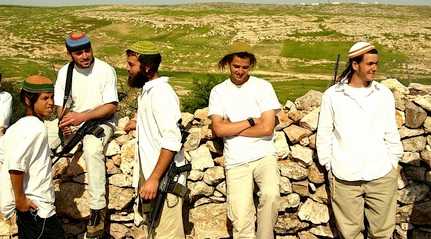
05 March 2022; MEMO: Israeli media outlets have revealed the number of settlers in the occupied West Bank and the Jordan Valley, stressing that the percentage of settlers has increased by 43 per cent since 2011.
The newspaper Israel Today stated that the number of Israeli settlers in the occupied West Bank and the Jordan Valley had reached 491,923 as of last January, distributed among approximately 150 settlements.
The newspaper suggested that by the end of 2022, the number of settlers in the West Bank and the Jordan Valley could exceed half a million settlers, explaining that this number is a goal set by the Yesha Council.
It explained that the West Bank situation today is different from last year, when the pace of the rise in the number of settlers was declining, suggesting that the number of settlers in the West Bank and the Jordan Valley was steadily and continuously falling. However, 2021 was marked by a rise in the growth rate, with the annual rate of settler growth reaching 3.3 per cent, compared with 2.6 per cent in 2020, according to the newspaper.
Israel Today reported that 15,890 new settlers joined in 2021, compared with 12,123 in 2020. The newspaper noted that this is the largest number of new settlers (by birth or immigration) in the West Bank since 2012, and this growth in the number of settlers in the territories is considered much higher than the annual growth rate in all of Israel. According to the Central Bureau of Statistics data, at the end of 2021, this reached a rate of 1.7 per cent.
The newspaper pointed out that the number of settlers in the West Bank increased by 148,985 within a decade – a rise of 43 per cent in the population since 2011. Settlers in the West Bank constitute 5.2 per cent of the general population in the country.
The percentage of Haredi settlers is 36 per cent of the total settler population in the area, while the national-religious settlers comprise 35 per cent. The secular settlers constitute 29 per cent. Israel Today explained that the Mevo'ot Yericho settlement recorded the highest growth in 2021, at 92 per cent, and the Mount Hebron Regional Council recorded a rapid growth rate of 6.9 per cent.




